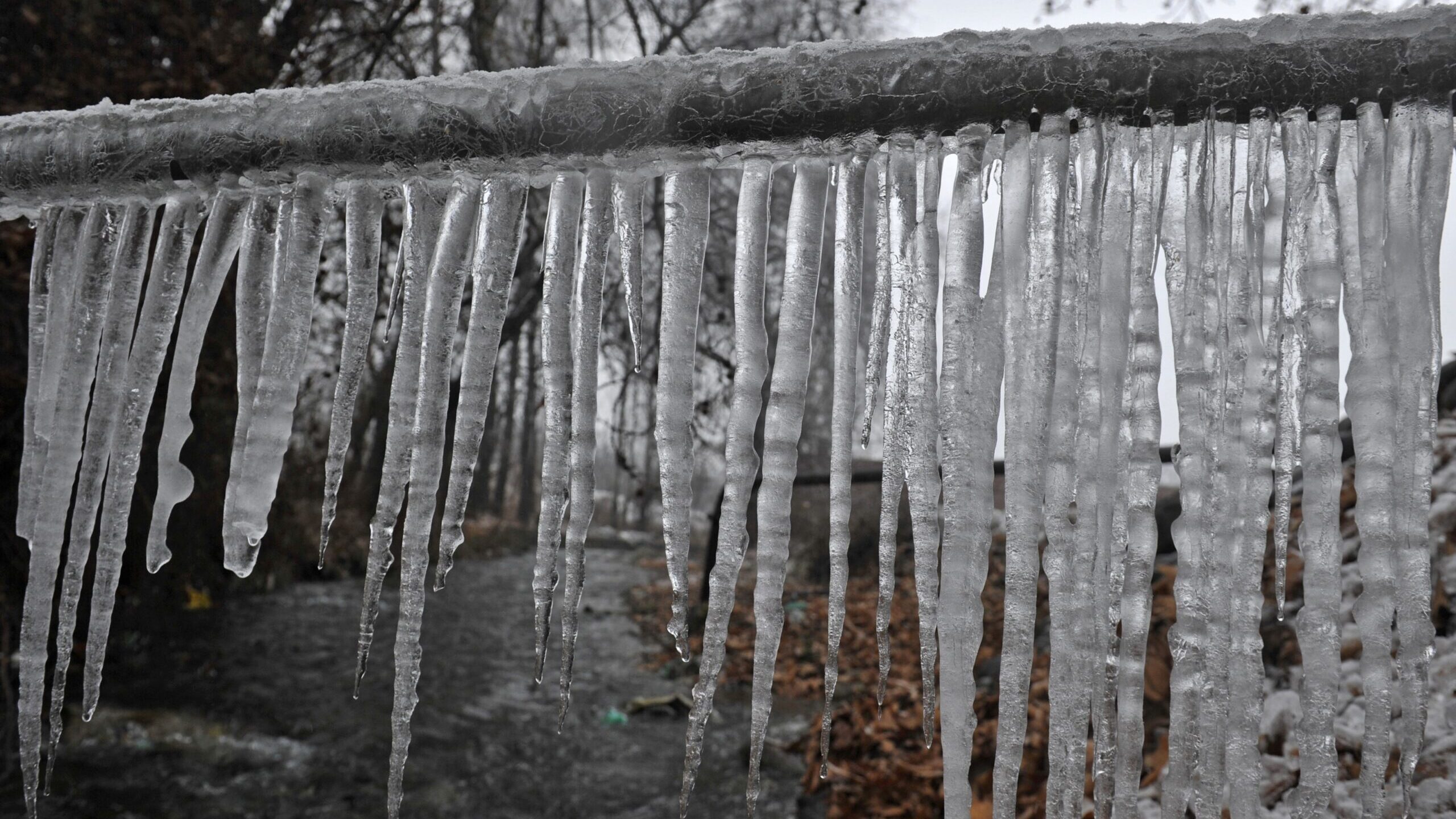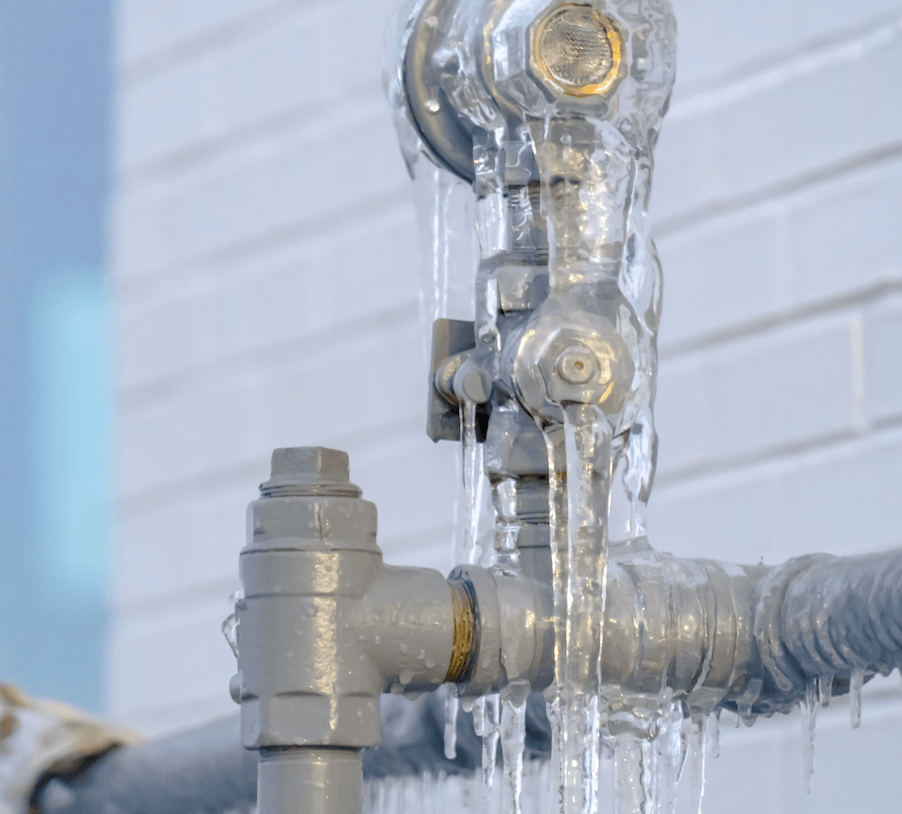Avoiding Frozen Plumbing in Cold Weather: Key Advice
Avoiding Frozen Plumbing in Cold Weather: Key Advice
Blog Article
Just about every person maintains his or her own conception about How to prepare your home plumbing for winter weather.

Cold weather can ruin your plumbing, particularly by freezing pipes. Right here's just how to stop it from happening and what to do if it does.
Introduction
As temperatures drop, the risk of frozen pipes increases, potentially resulting in costly repairs and water damage. Understanding just how to stop icy pipes is important for property owners in cool climates.
Avoidance Tips
Shielding susceptible pipelines
Wrap pipes in insulation sleeves or make use of heat tape to safeguard them from freezing temperature levels. Concentrate on pipes in unheated or outside locations of the home.
Home heating strategies
Maintain indoor rooms appropriately warmed, specifically locations with plumbing. Open cabinet doors to permit cozy air to distribute around pipes under sinks.
How to recognize icy pipes
Look for lowered water circulation from faucets, uncommon smells or noises from pipelines, and visible frost on exposed pipelines.
Long-Term Solutions
Structural adjustments
Take into consideration rerouting pipes far from exterior wall surfaces or unheated areas. Include additional insulation to attic rooms, basements, and crawl spaces.
Updating insulation
Buy high-grade insulation for pipes, attics, and walls. Correct insulation helps preserve constant temperatures and decreases the risk of icy pipes.
Protecting Exterior Plumbing
Yard pipes and outdoor taps
Disconnect and drain yard hose pipes prior to winter season. Mount frost-proof spigots or cover outside taps with insulated caps.
Comprehending Icy Pipelines
What causes pipes to ice up?
Pipelines ice up when exposed to temperatures below 32 ° F (0 ° C) for extended periods. As water inside the pipes freezes, it expands, putting pressure on the pipeline wall surfaces and possibly triggering them to rupture.
Dangers and damages
Frozen pipelines can bring about water disturbances, property damages, and costly repair work. Burst pipelines can flood homes and cause considerable architectural damage.
Indicators of Frozen Pipeline
Identifying icy pipes early can stop them from rupturing.
What to Do If Your Pipelines Freeze
Immediate actions to take
If you suspect frozen pipelines, keep taps open to soothe pressure as the ice thaws. Use a hairdryer or towels taken in warm water to thaw pipes gradually.
Conclusion
Stopping icy pipes needs aggressive measures and quick actions. By understanding the causes, indications, and safety nets, homeowners can secure their pipes during winter.
5 Ways to Prevent Frozen Pipes
Drain Outdoor Faucets and Disconnect Hoses
First, close the shut-off valve that controls the flow of water in the pipe to your outdoor faucet. Then, head outside to disconnect and drain your hose and open the outdoor faucet to allow the water to completely drain out of the line. Turn off the faucet when done. Finally, head back to the shut-off valve and drain the remaining water inside the pipe into a bucket or container. Additionally, if you have a home irrigation system, you should consider hiring an expert to clear the system of water each year.
Insulate Pipes
One of the best and most cost-effective methods for preventing frozen water pipes is to wrap your pipes with insulation. This is especially important for areas in your home that aren’t exposed to heat, such as an attic. We suggest using foam sleeves, which can typically be found at your local hardware store.
Keep Heat Running at 65
Your pipes are located inside your walls, and the temperature there is much colder than the rest of the house. To prevent your pipes from freezing, The Insurance Information Institute suggests that you keep your home heated to at least 65 degrees, even when traveling. You may want to invest in smart devices that can keep an eye on the temperature in your home while you’re away.
Leave Water Dripping
Moving water — even a small trickle — can prevent ice from forming inside your pipes. When freezing temps are imminent, start a drip of water from all faucets that serve exposed pipes. Leaving a few faucets running will also help relieve pressure inside the pipes and help prevent a rupture if the water inside freezes.
Open Cupboard Doors
Warm your kitchen and bathroom pipes by opening cupboards and vanities. You should also leave your interior doors ajar to help warm air circulate evenly throughout your home.

We had been shown that article about How To Avoid Freezing Pipes through a good friend on another blog. Sharing is nice. Who knows, you could be helping someone out. Thanks a lot for going through it.
Customer Reviews Report this page